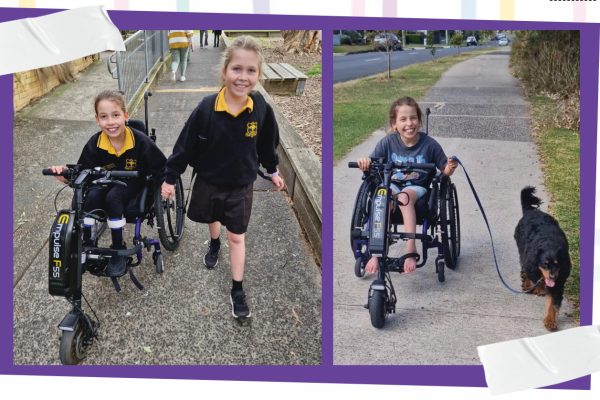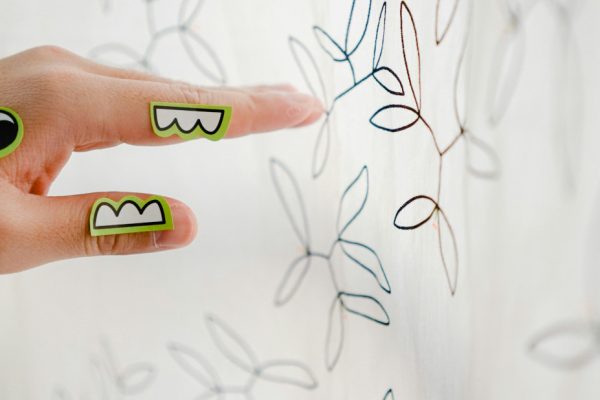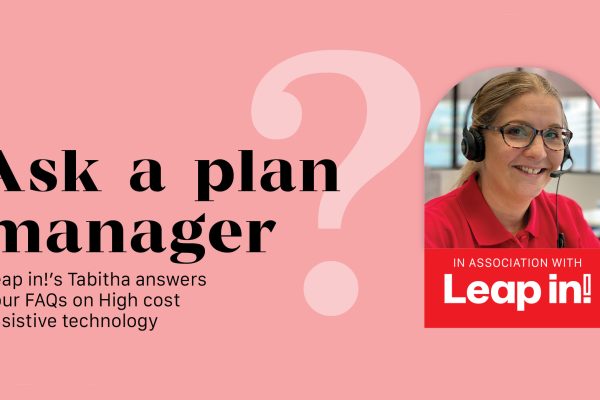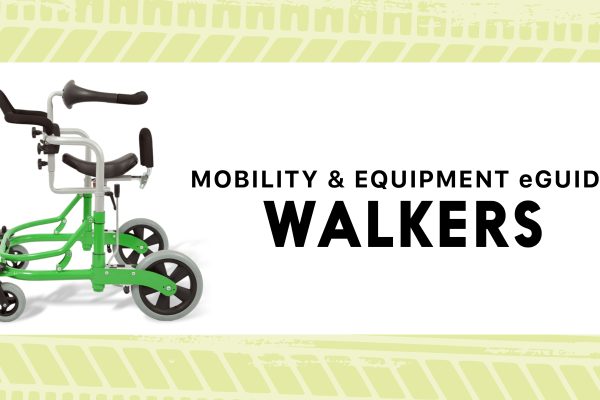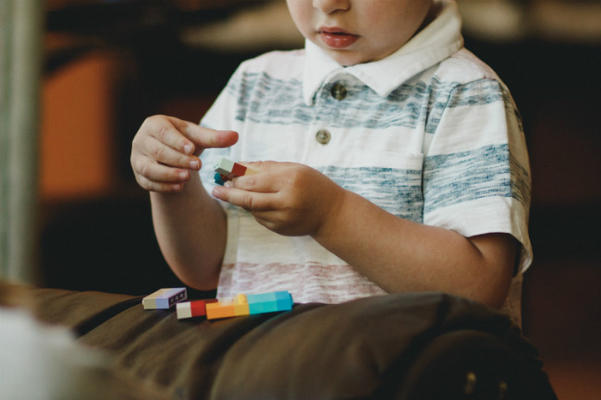
Learning language with Lego
By Kylie Martin
A couple of Christmases ago, I was lucky enough to take a holiday to the good old US of A and found myself in an Orlando theme park, surrounded by children and lots and lots of Lego.
Lego has been a part of Australian childhoods for many, many years now, with the first catalogue being released in Australia in 1962. Almost every home would have at least one mega tub full of blocks, little heads and bodies and wheels, and who hasn’t experienced the pain of standing on one of those pieces in the middle of the night! When we think of Lego as a play activity we rightly, might think of it as an activity of creativity, good for fine motor skills and early skills of engineering and design. But Lego is also a great activity for building speech, language and social-skills.
Now when I say speech, language and social skills, bear in mind that I am talking about a set of skills that are as colourful and varied as the blocks lining the walls of Disney World – I could write for a whole year and still have more ideas on how you can use Lego for specific skill development (perhaps this can become a series!). So let’s just start with some broad-brush strokes using Lego activities to help kids develop receptive and expressive language skills.
RECEPTIVE LANGUAGE (UNDERSTANDING THE MEANING OF WORDS AND HOW WORDS GO TOGETHER)
Understanding is the foundation of good communication. Kids generally won’t use words until they have a good understanding of the meaning of that word and the situations it relates to.
For younger children, you can develop understanding of single concept ideas and following simple instructions. You might use these activities for 2-3 year olds.
- Find me one like this.
- Can you find a green block?
- Where is a big block?
- I need a boy.
- Let’s look for a wheel.
Then you can try more complicated instructions. These are good for 3-4 year olds:
- We need one that is red and has 4 bumps. I’m looking for wheels that are not red.
- Can you get me two of these big blue blocks. Find a blue square and a red square.
- For older children try asking questions that require more thinking and planning:
- What would we need first to build a truck? What would be our next step?
- What would happen if I swapped this for that?
- Where did I go wrong with this?
You could also try giving a series of instructions and seeing if your child can recall and follow them, telling stories with the objects you make and asking your child to retell the story or tell them how you made your object (but miss out a step) and see if they can work out what you forgot.
EXPRESSIVE LANGUAGE (USING WORDS AND KNOWING HOW TO PUT WORDS TOGETHER TO EXPRESS IDEAS)
Children generally learn through interest, so when it comes to Lego, before you jump in and ask a hundred questions that they need to find answers for, stop and watch what they are interested in, then talk about that. Always remember the rule WAWA (watch, announce, wait, add).
For younger children who might be interested in stacking and knocking, you could add commentary to what they are doing…”Up, up, up, more up, more up……. down! Crash!” Then quickly scoop all the blocks to you and o er your child one block and announce “Up?” Then wait for your child to respond with “Up!” (Don’t forget, it can take up to four seconds for our children to think, plan and say so wait, wait, wait!”). Hand your child the block and say “Up block”.
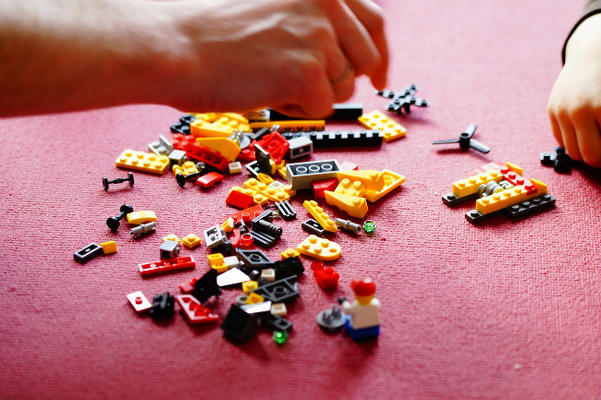

You could do this for colour, size, actions, speed (fast, fast fast, slow) and as we know, kids can stack and knock for hours!
For 3-4 year olds you could focus on:
- Taking turns explaining what you are building.
- What you are going to add next.
- What you are both looking for and have a race to see who can find their part first.
- Giving clues about what you are making and waiting to see if the other person can guess what you are going to make.
Older children might enjoy a game where you hide some blocks in a box and they have to guess what’s in there by describing the blocks to you, or request a block out of the box for their construction by describing the block. You could also put a small construction inside a balloon, blow up the balloon and then hold near a light. Your child could describe the blocks they think you used, they could describe what your construction is used for (e.g. if you made a car they could say “you made something that drives on the road and takes people places”) then they can pop the balloon and have the construction.
AND A QUICK WORD ON ……. SOCIAL SKILLS (THE SKILLS KIDS NEED TO USE THEIR LANGUAGE SKILLS EFFECTIVELY AND APPROPRIATELY WITH OTHER PEOPLE)
Children often find it difficult to multi-task if one of the tasks is a bit tricky. If they have trouble with ne motor skills or planning or even communication, they may prefer just to sit and build in silence. That is not your cue to leave. Sit with them, build next to them, comment as you build and ask for help when you need it. You are modelling social skills of shared interest, personal space awareness, turn-taking attention, problem solving and how to use language in play.
The amount of noise, chatter and laughter in the theme park I went to, tells me without doubt that Lego is a good activity for building communication skills. I hope you can get busy making your own and learning in the process!
Kylie Martin is a Speech Pathologist at Chatter- boxes Speech Pathology Services in Minyama on the Sunshine Coast. To fnd out more about their services call 07 5444 2451 or visit www.chatter-boxes.com.au




